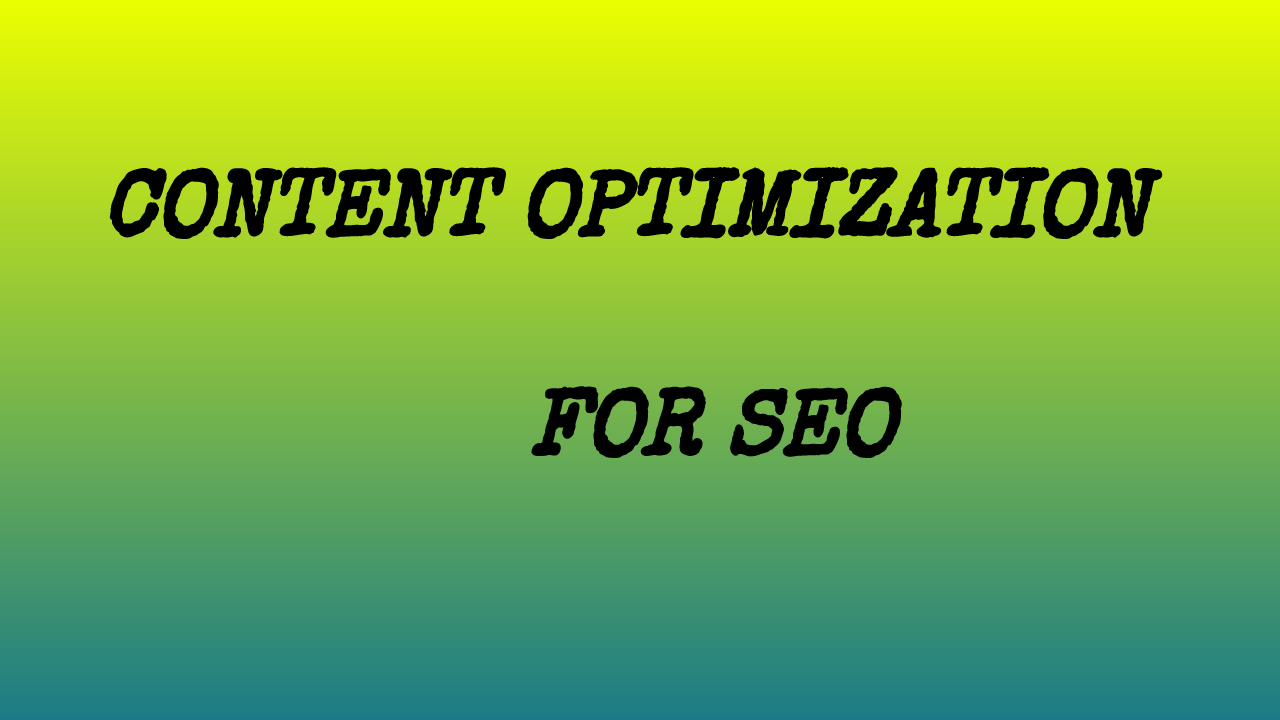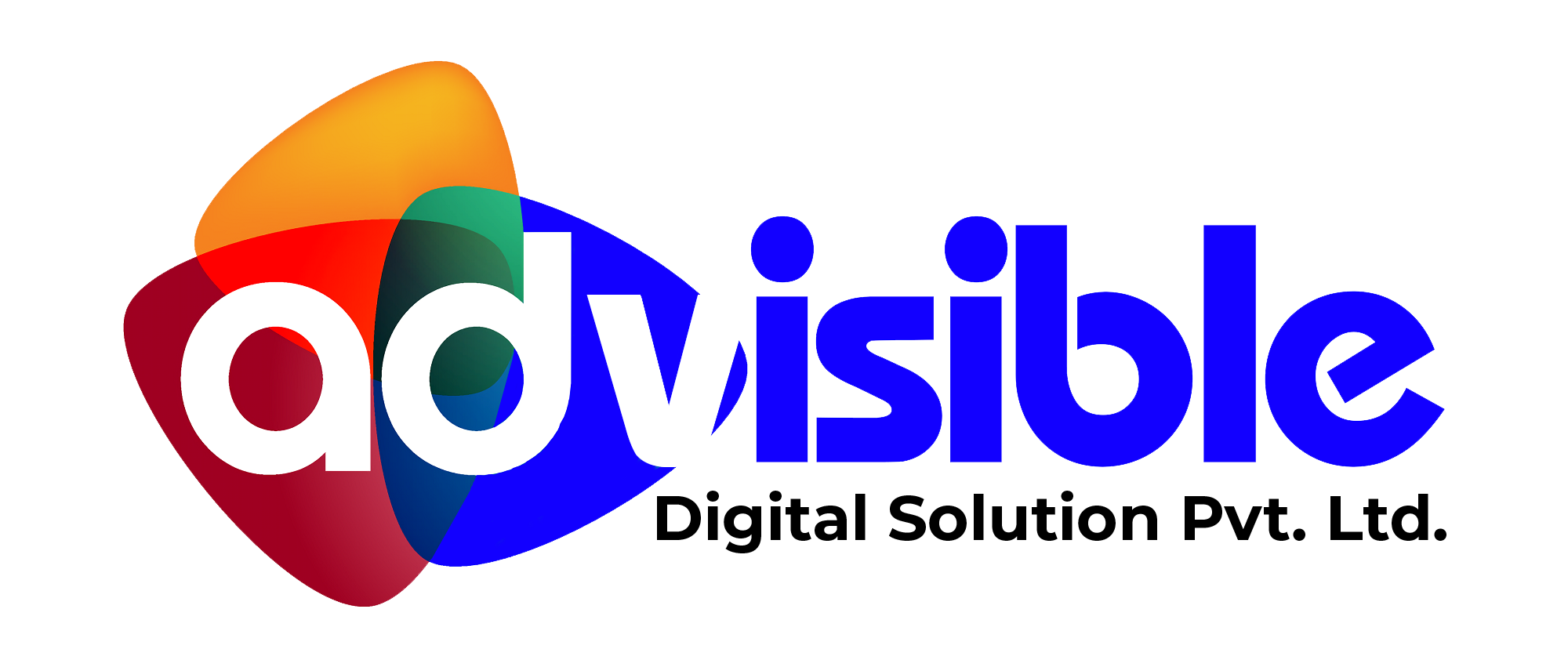
SEO isn’t just about stuffing keywords into your content; it’s about creating quality content that people actually want to read. Content optimization for SEO involves optimizing your website, stories, and articles so they are more attractive to search engines and readers alike. But content optimization is far from easy. It requires a certain level of skill, knowledge, and experience to successfully optimize your content for SEO. In this article, we will explore some of the best strategies to optimize your content for SEO and why these strategies are important in today’s digital landscape.
What is content optimization?
Content optimization is the process of making your content as search-engine-friendly as possible. This means using the right keyword density, using the right keywords and phrases, and making sure your content is easy to read and relevant to your target audience.
The different types of content optimization
There are a few different types of content optimization you can do to improve your SEO. Here are a few of the most common:
1. Keyword research – This is perhaps the most important form of content optimization. You need to carefully select the right keywords to target so that your content is more likely to rank in search engines for those terms.
2. On-page optimization – Once you’ve selected your target keywords, you need to make sure they’re included in key places on your website, such as in the title, headings, and throughout the body of your content.
3. Meta tags – In addition to including keywords on your website, you can also optimize your meta tags (which appear in the code behind your website) to include relevant keywords. This can help search engines understand what your website is about and index it accordingly.
4. Image optimization – Another important aspect of SEO is optimizing your images. This includes making sure they have relevant alt text and file names so that search engines can index them properly.
5. Link building – One final way to optimize your content for SEO is to build links back to it from other websites. This helps show search engines that your content is popular and authoritative, which can lead to higher rankings in their results pages.

How to optimize your content for SEO
It’s no secret that SEO and content go hand-in-hand. After all, without SEO your content may be lost somewhere on page 50 of the search results; and we all know traffic on those pages is less than satisfactory. Likewise, your first-page ranking can only do so much if your content post-click is crummy. That’s why a good relationship between SEO and great content is essential! Here are a few tips on how to optimize your content for SEO:
1) Do your research. Keyword research, to be exact. Find out what words and phrases people are searching for in relation to your topic, and then use them throughout your piece – in the title, in the body, and in the tags/meta descriptions. But beware of keyword stuffing! Too many keywords will not only turn off your readers, but also get you penalized by Google. Use keywords thoughtfully and sparingly.
2) Make headlines that pack a punch. Write headlines that are clear, interesting, and make use of rich keywords. In addition to a great headline, also make sure your meta descriptions are interesting and further elaborate on the topic of your article. Keep in mind that these are what show up in the search results, so make them count!
3) Structure your posts with subheadings. Breaking up your text with subheadings makes for an easier read – something we can all appreciate. Not to mention, it gives you another
Content optimization tools
There are many content optimization tools available to help improve your website’s SEO. Here are a few of the most popular:
1. Google Search Console: This free tool from Google provides insights into how your website is performing in organic search results. It also allows you to submit sitemaps and individual URLs for indexing, and view any crawl errors that have been discovered.
2. Bing Webmaster Tools: Like Google Search Console, this free tool from Microsoft provides insights into how your website is performing in organic search results on Bing. It also allows you to submit sitemaps and individual URLs for indexing, and view any crawl errors that have been discovered.
3. Yoast SEO: This popular WordPress plugin helps optimize your website’s content for better search engine visibility. It includes features like keyword research, title and meta tag optimization, XML sitemap generation, and more.
4. Screaming Frog SEO Spider: This desktop program crawls websites and analyzes their on-page SEO factors. It can be helpful for identifying issues like missing title tags, duplicate content, thin content, redirects, and more.
Conclusion
Content optimization for SEO can be a very tricky and time-consuming task, but it also has great potential to help your website rank higher in search engine results. Writing quality content with the right keywords is an essential part of content optimization. Additionally, optimizing your page titles and meta descriptions will ensure that searchers are better able to find what they are looking for when searching on the web. As long as you stay focused on creating valuable content that follows SEO best practices, then you should have no problem achieving success with your optimized content.

